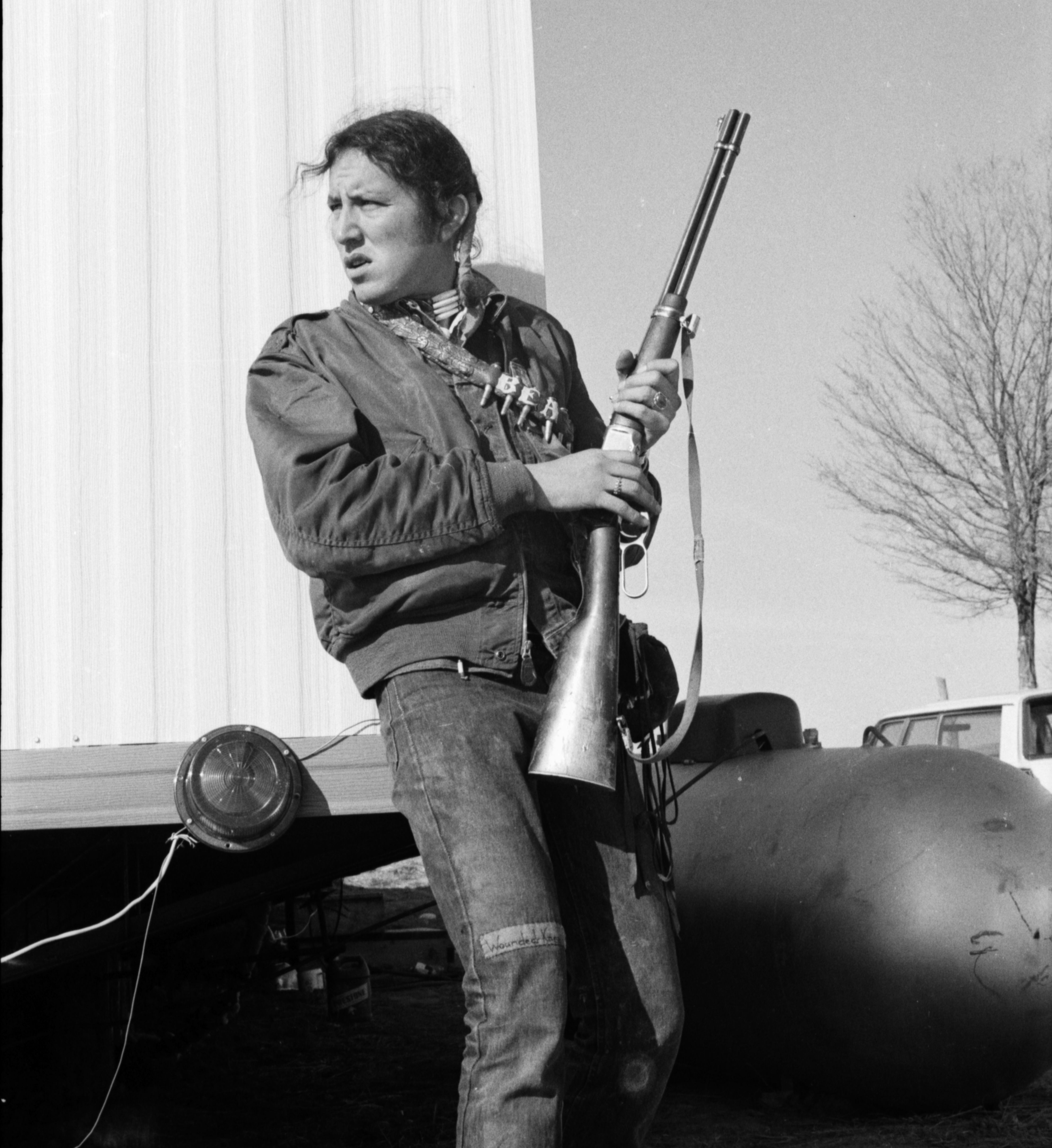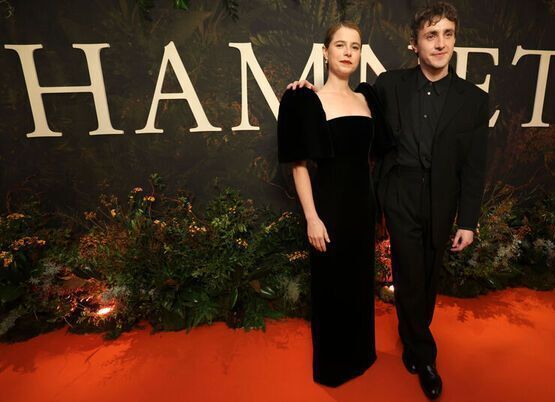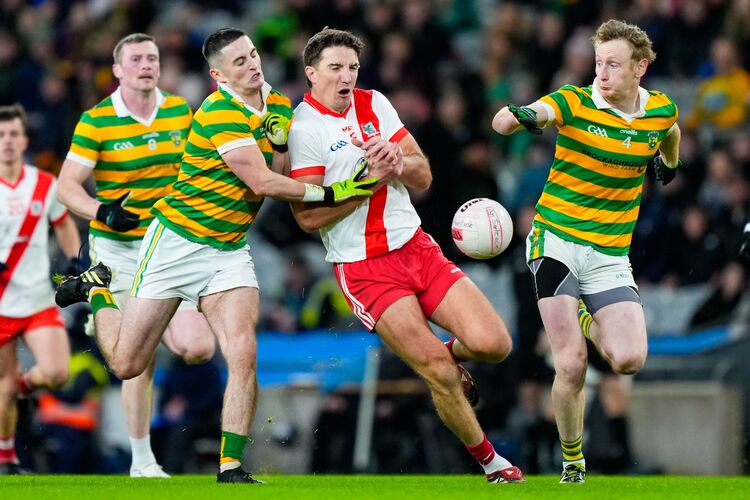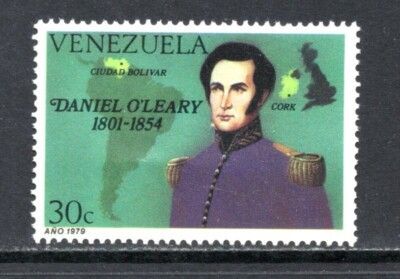FIFTY years on from the Native American occupation of Wounded Knee it is clear to see the stand-off - which was the longest standing instance of civil disorder in the US since the Civil War - had a profound effect on the mindset of today’s Native peoples.
On 10 August Movie House cinema on York Street will feature a screening of ‘From Wounded Knee to Standing Rock - A Reporter's Journey’ and Q&A session featuring director and pulitzer prize nominated reporter Kevin McKiernan who was at the centre of the occupation and Willard Carlson, a native of the Yurok tribe in Northern California who fought in the famous stand-off. MASSACRE: A photo from the brutal 1890 Wounded Knee massacre in which the US Cavalry slaughtered peaceful Ghost Dance practitioners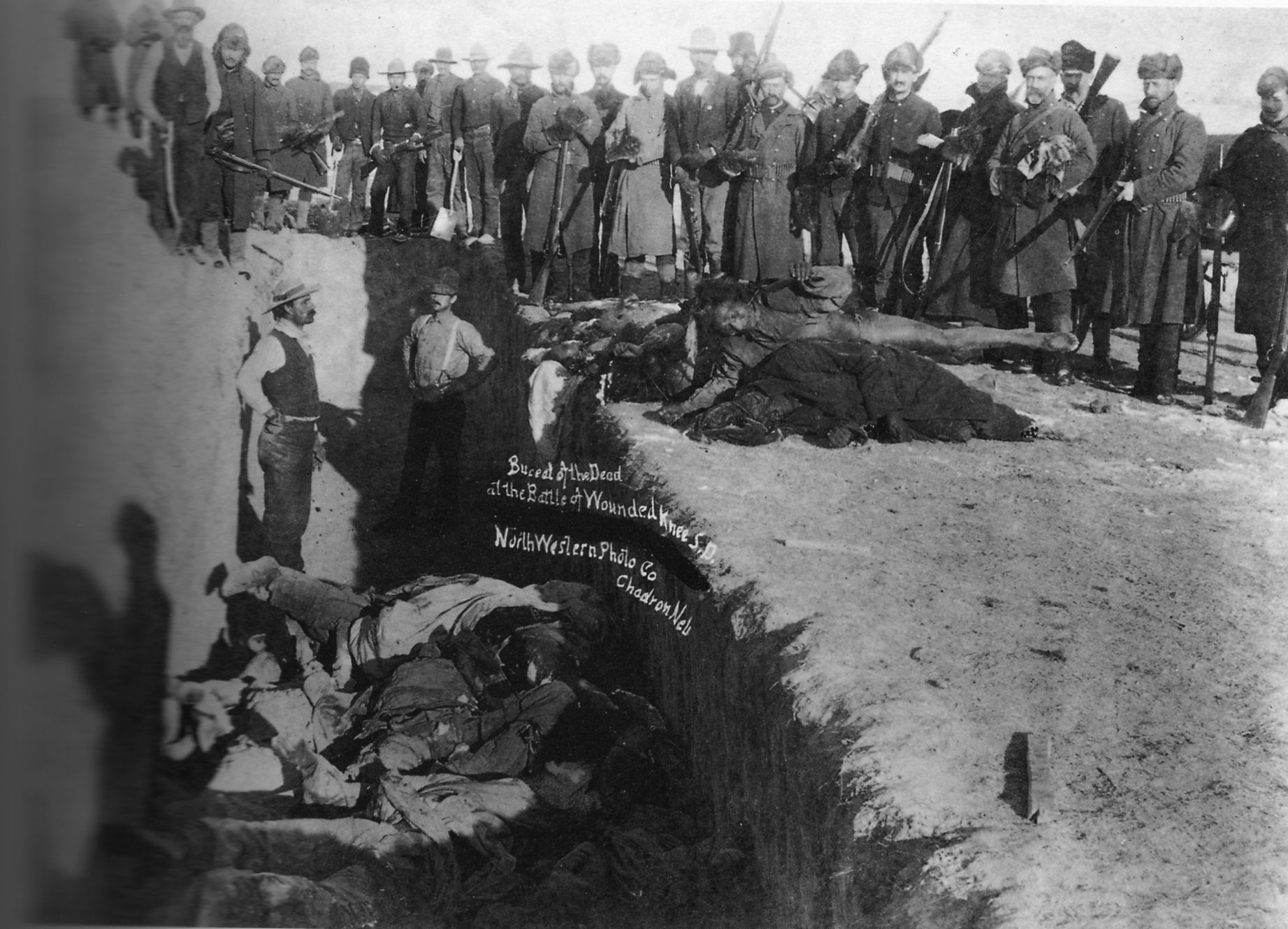
The Andersonstown News spoke with Kevin and Willard ahead of their journey to Belfast about the famous occupation and the effect it has had on Indian Country 50 years on.
Wounded Knee was the scene of an infamous massacre in 1890 by the US Cavalry who slaughtered almost 300 members of the Lokota Tribe who were taking part in a peaceful Ghost Dance ritual.
In 1973 the American Indian Movement (AIM) which was founded by former Native American inmates who were tired of the rampant abuse, racism and discrimination they faced daily occupied the town on the Pine Ridge Reservation in South Dakota after the Oglala Sioux Civil Rights Organisation (OSCRO) had failed to impeach corrupt tribal chairman Dick Wilson who was using a private militia, the Guardians of the Oglala Nation - called the GOONS to terrorise political opponents and commit voter fraud.
In response the FBI, State Marshals and the United States Army surrounded the town and a gruelling 71 day siege began. Imposing a gag order on reporters entering the town, the FBI sought to silence the press from hearing from those under siege. Kevin McKiernan, a young reporter snuck through the FBI lines and filmed the siege from the inside. WOUNDED KNEE: Oscar Bear Runner, reporter Kevin McKiernan and Tom Bad Cob during the siege
Willard Carlson was a student at Humboldt State University but is from the Yurok tribe. Infamously the Native American tribes in California were subjected to a holocaust and reduced to almost nothing by the advance of miners during the gold rush in 1849.
Early state governors put bounties for the scalps of males and boys and women were married off to miners to kill the tribe. Their language was forbidden and their religion outlawed with the young being sent to religious schools which beat their culture and religion from them.
Willard said he heard the call from AIM for people to aid them and quickly managed to get eight rifles given to him by his mother Marguerite, a longtime Yurok activist and a renowned medicinal healer.
Willard said: “We were holding rallies and raising medicine and food but I knew we needed guns as this was an uprising. My decision was to recruit warriors and my mom gave me eight rifles. My mother was a very powerful warrior woman and medicinal healer. She was harassed all her life my the authorities for growing medicinal marijuana and for standing up against the big timber companies who wanted to destroy the Klamath river and dam it up.” WOUNDED KNEE: Warriors cease fire at the end of the siege
Reflecting back 50 years on although the occupation ended in failure and two Native men lost their lives, Frank Clearwater and Lawrence ‘Buddy’ Lamont, the occupation set off a profound change throughout Indian Country.
Kevin McKiernan said "Wounded Knee kicked off a massive language revival which is still ongoing across 500 tribes in the US. It was a laboratory in the midst of gunfire for language revival, native culture and also spirituality. When AIM founder Dennis Banks spoke to me there he said AIM was started by people who were in the gutter. They were desperate for something to hold on to.
What were the gunmen
— Kevin McKiernan (@McKiernanKevin) June 27, 2023
so afraid of? https://t.co/ghbYykoGNW
“Native Americans are the only people in America who have needed a law passed to protect their religious identities. There is a myth in America that anyone can worship what God they want to. There’s no laws saying you can’t be a Catholic, a Protestant, a Jew but in Indian Country the US government had courts which executed and imprisoned Native Americans for practicing their religion. After the siege of Wounded Knee the first thing Indian people did was fight to get the Indian Freedom of Religion Act which wasn’t passed until 1978.” YUROK COUNTY: Willard Carlson and Kevin McKiernan on the Klamath River. The boat is piloted by Willard's son, Will Bear Carlson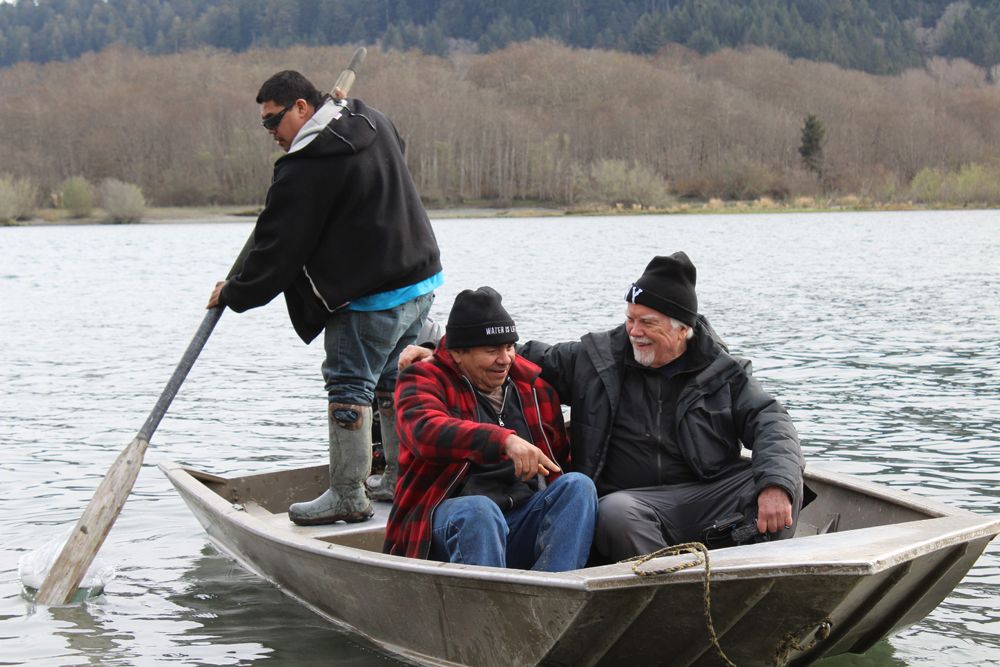
Willard said: “Wounded Knee saw a lot of re-indigeonising. People who were there left having found themselves and having pride in who they were. Wounded Knee allowed me to carry on my warrior DNA. My sons are now teaching my grandchildren Yurok and we have classes and singing so they can grow up immersed in their culture. Wounded Knee revitalised a lot of people.”
Here is Willard Carlson at the mass grave in Wounded Knee, SD. In the foreground is Oscar winner Haskell Wexler, the Director of Photography for "From Wounded Knee to Standing Rock: A Reporter's Journey." https://t.co/ctxPaTzsCa pic.twitter.com/KYH15Df2py
— Kevin McKiernan (@McKiernanKevin) July 9, 2023
For Willard himself Wounded Knee offered a winding path back to his current life at Blue Creek on the Klamath River. Willard has spearheaded the building of Ah Pah, a traditional Yurok village featuring impressive wooden plankhouses which were made solely using Californian Redwoods using traditional tools. A dance circle and traditional sweat house have also been built as well as traditional salmon fishing with the catch being prepared and smoked using traditional methods.
Here’s our Belfast-bound buddy Willard Carlson in a clip from ‘A Reporter’s Journey: From Wounded Knee to Standing Rock’. Remembering one of the momentous civil rights struggles of the 1970s at @FeileBelfast https://t.co/7DsKJt3EV4 Tickets selling well for 10 August screening.
— Máirtín Ó Muilleoir (@newbelfast) July 18, 2023
Willard said: “I lost my way for a while due to alcoholism but I always remembered my place was back on the homefront and I’m here to stay. I believe in the underdog and in second chances, I know the Creator gave me one. A medicine man told me in 1977 I would come back to my home and there is a lot of work which has gone on with stopping the dams going up and stealing all our water. The Ah Pah village is for all our people and my children and grandchildren, and for our people to carry on.”
A Reporter's Story: From Wounded Knee to Standing Rock will be screened as part of Féile an Phobail in The Movie House, Cityside, Belfast on Thursday 10 August.

